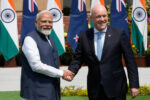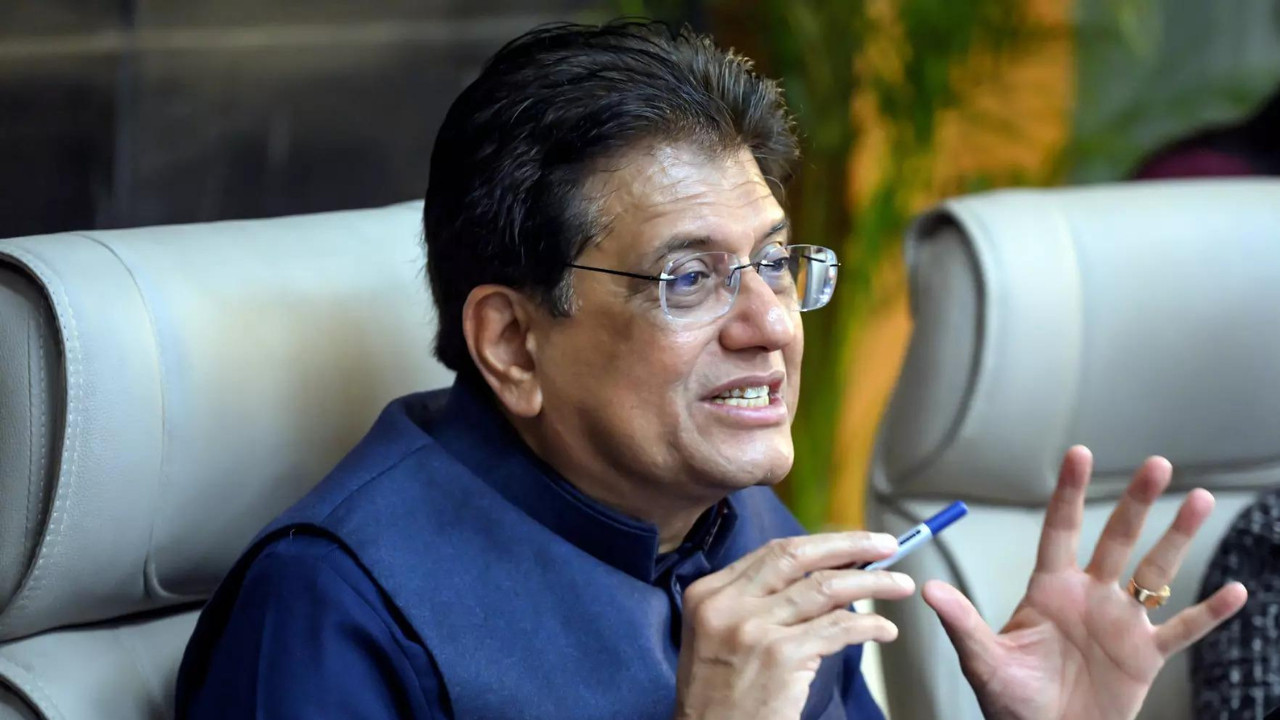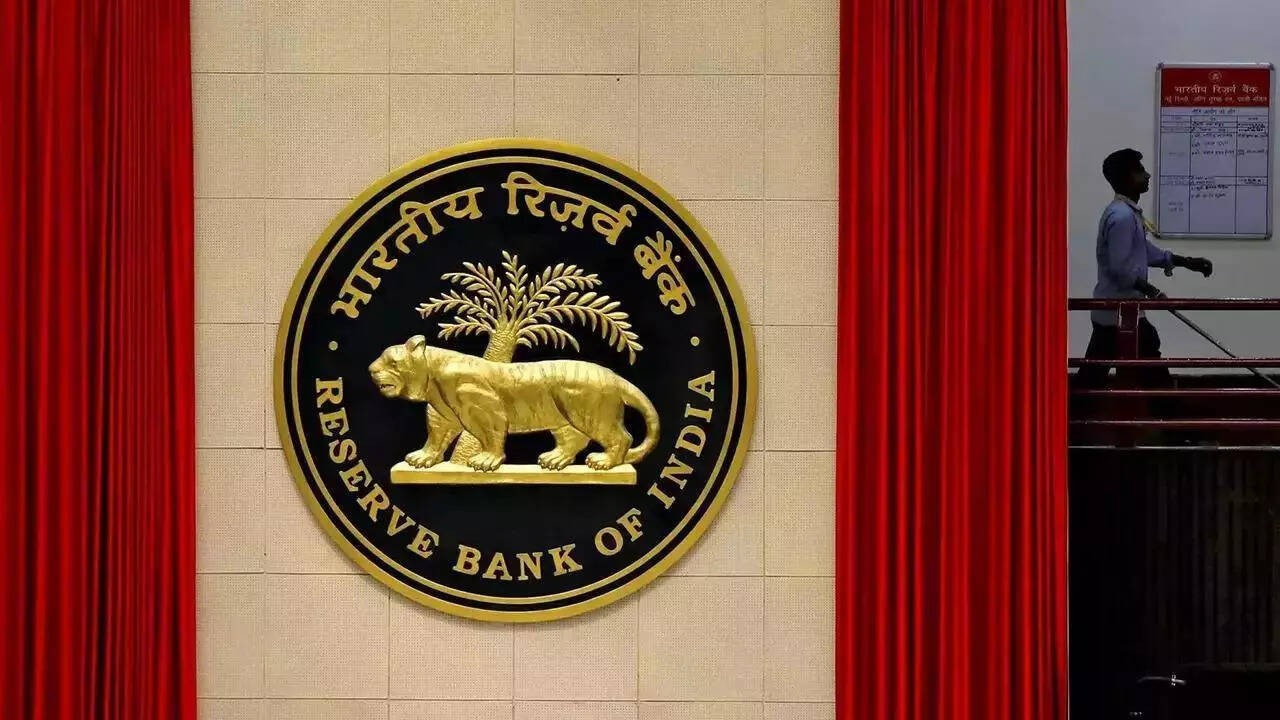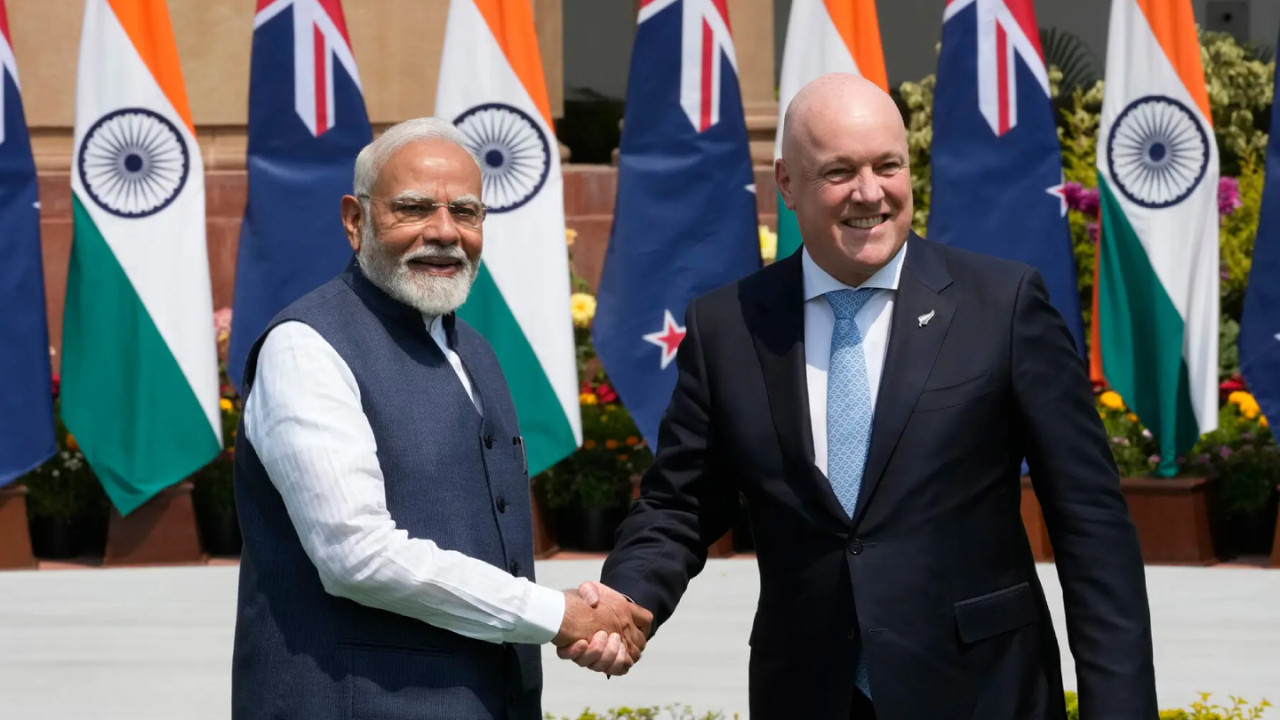Gold prices are poised for volatility as investors await the US Federal Reserve’s policy cues and the looming July 9 deadline for suspended US tariffs. The market focus will be on potential rate cut commentary, trade negotiation outcomes, and macroeconomic data releases. Dollar strength may limit gains, but geopolitical tensions and central bank buying could fuel safe-haven demand.
Will Gold Glitter or Fade? Decoding the Factors Shaping Gold Prices
Gold. It’s more than just a shiny metal; it’s a barometer of global anxiety, a hedge against uncertainty, and a store of value that has captivated humanity for millennia. But navigating the world of gold prices can feel like traversing a labyrinth. What forces are at play, and where is the price of gold headed? Recent events and upcoming deadlines are creating a fascinating tug-of-war, potentially shaping the yellow metal’s trajectory in the coming weeks and months.
The Fed’s Next Move: A Pivotal Point for Gold
One of the biggest drivers impacting gold prices is the policy of the US Federal Reserve. The Fed’s decisions about interest rates and monetary policy ripple outwards, influencing everything from bond yields to currency valuations – all of which, in turn, affect gold’s appeal. The market is keenly watching for signals about future rate hikes. Hawkish hints – suggesting a continued aggressive approach to combatting inflation – could strengthen the dollar and make gold less attractive to investors holding other currencies. Conversely, dovish signals – hinting at a pause or even a reversal in rate hikes – could weaken the dollar and send gold soaring. This creates a see-saw effect, where even the slightest shift in language from the Fed can trigger significant price swings. Understanding the potential gold price outlook necessitates paying close attention to these pronouncements.
Tariff Tussles and Trade Winds
Global trade dynamics also cast a long shadow over gold. The looming deadline for potential tariff changes acts as another lever influencing investor sentiment. Trade disputes and protectionist measures often lead to economic uncertainty. When uncertainty reigns, investors tend to flock to safe-haven assets like gold, driving up its price. A renewed escalation of trade tensions could therefore provide a boost to the yellow metal. Consider it as an insurance policy against the unpredictable nature of international commerce; an instability catalyst could see even more investment in gold.
Data’s Dance: Economic Indicators and Gold
Beyond central bank pronouncements and trade wars, economic data plays a crucial role in shaping expectations and influencing gold prices. Key indicators like inflation figures, employment numbers, and GDP growth rates provide valuable insights into the overall health of the global economy. Strong economic data might suggest a lower need for safe-haven assets, potentially putting downward pressure on gold. Weak data, on the other hand, could fuel concerns about a potential recession, driving investors towards the perceived safety of gold. Following these figures closely helps refine the gold price outlook.
The Long-Term Allure of Gold: A Bullish Perspective
While short-term fluctuations are inevitable, many analysts maintain a long-term bullish outlook on gold. Several factors underpin this optimism. Firstly, gold has a proven track record as a hedge against inflation. As governments around the world grapple with rising prices, the demand for gold as an inflation hedge is likely to remain strong. Secondly, geopolitical instability continues to be a persistent threat. From regional conflicts to political unrest, the world is awash with uncertainty, and gold tends to thrive in such environments. Finally, increasing demand from emerging markets, particularly in Asia, is expected to provide long-term support for gold prices. This demand could contribute to a steady increase, positioning gold as a smart investment choice.

Navigating the Gold Market: A Word of Caution
Investing in gold, like any other investment, comes with risks. The price of gold can be volatile, and it’s essential to do your own research and understand the factors that can influence its price. Consider consulting with a financial advisor before making any investment decisions. While the long-term outlook may appear promising, short-term price swings can be significant, and it’s crucial to be prepared for potential fluctuations.
For those interested in other precious metals, don’t forget to explore the dynamics of silver prices as well.
Conclusion: Is Gold a Golden Opportunity?
Predicting the future with certainty is impossible, especially in the complex world of finance. However, by carefully analyzing the interplay of Federal Reserve policy, trade dynamics, and economic data, investors can gain a better understanding of the forces shaping gold prices. While short-term volatility is likely to persist, the long-term fundamentals suggest that gold will continue to play a vital role as a store of value and a hedge against uncertainty. Whether gold proves to be a truly “golden” opportunity depends on a confluence of factors and, ultimately, on individual investment strategies and risk tolerance.







